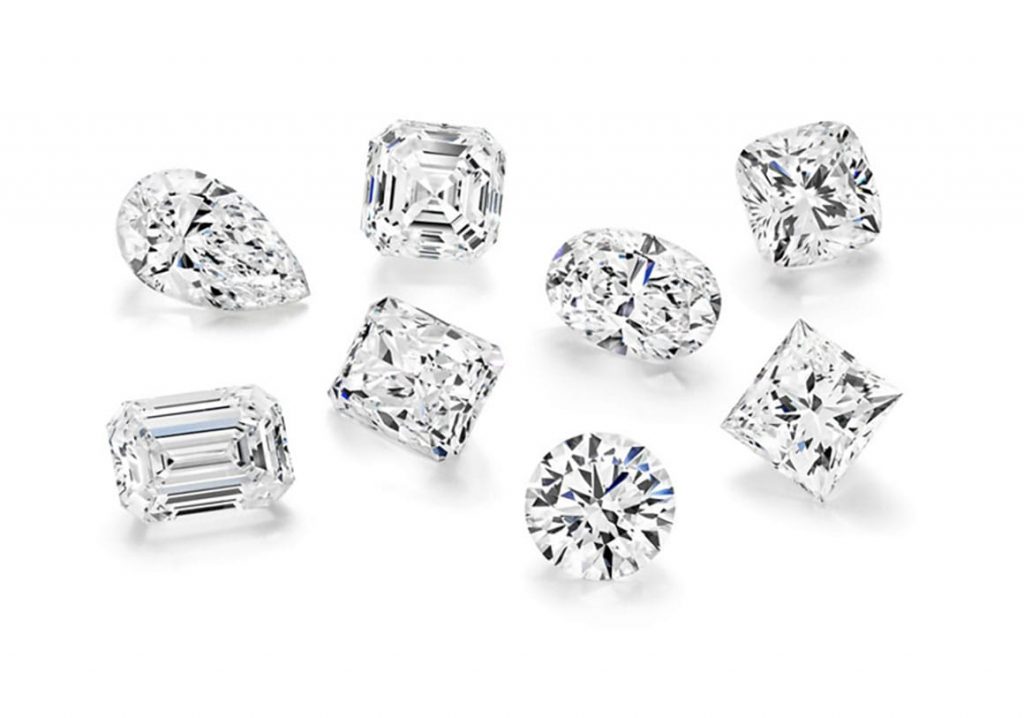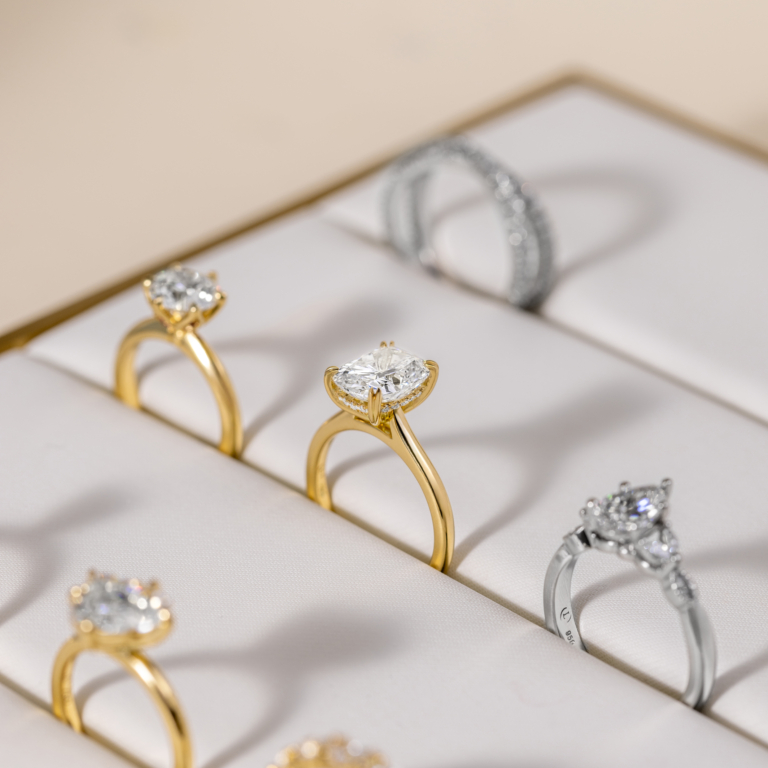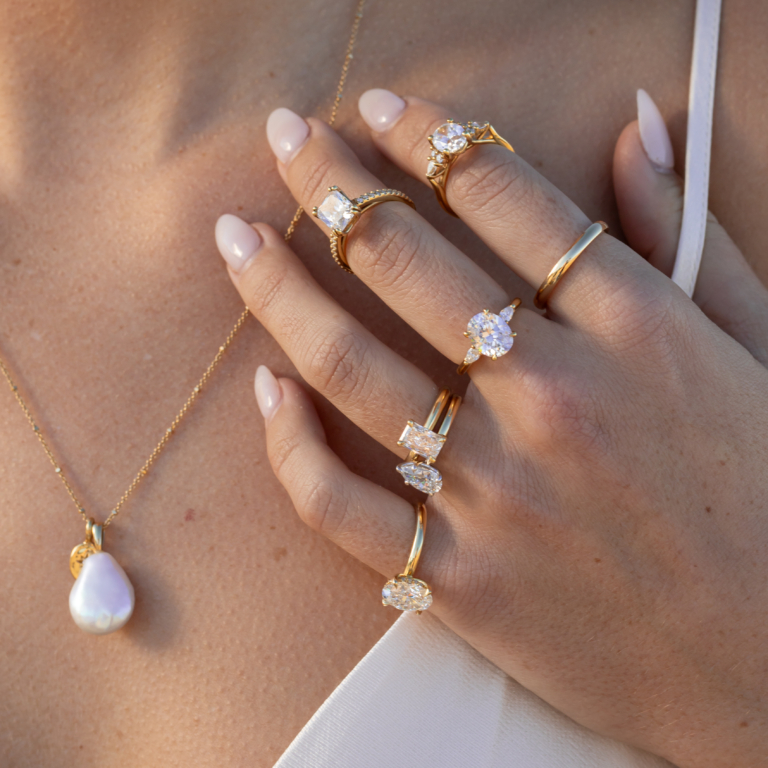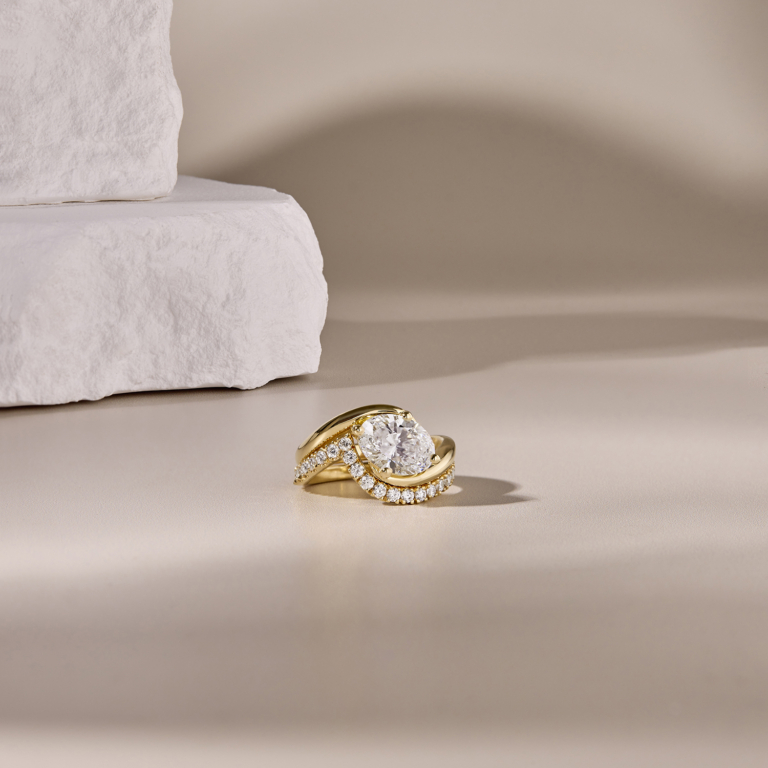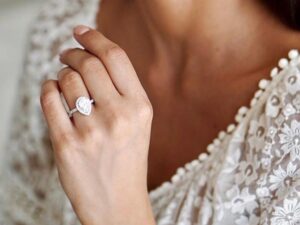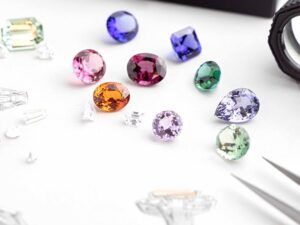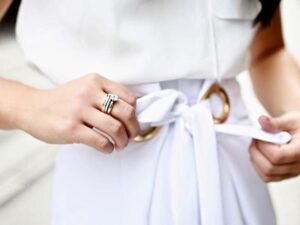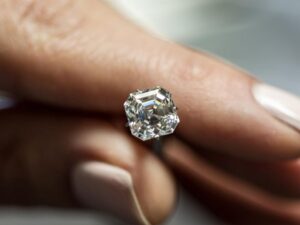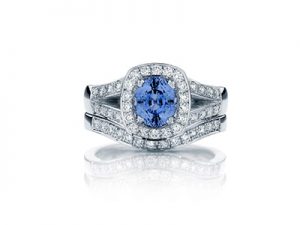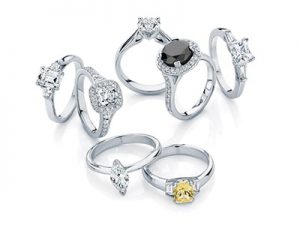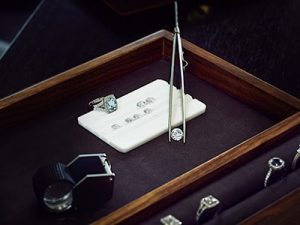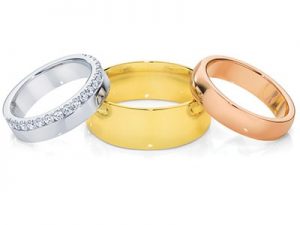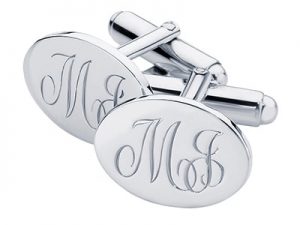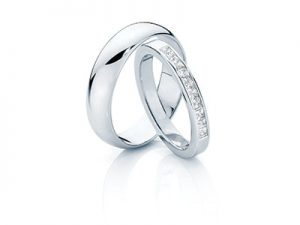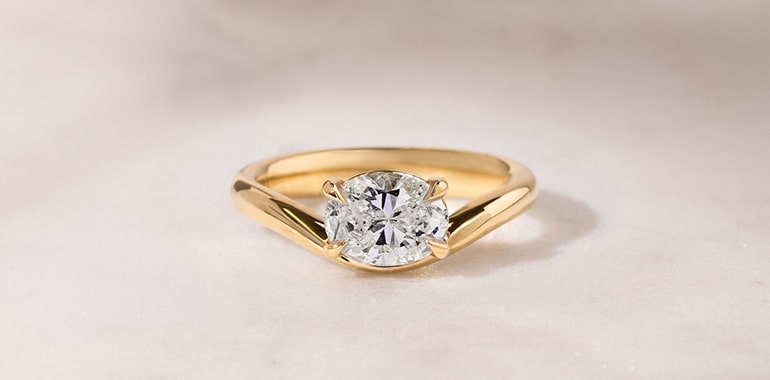Carats Vs Karats Explained
by Jacinta Mainstone
January 10, 2025 / Diamond Education, Learn About Metals

Is it Carat or Karat?
Both spellings are widely found in resources and websites because both are correct, at least where gold is concerned. As we are Australia-based, we will almost exclusively use “carat” for both diamond weight and gold purity. Don’t worry though. We’ll make sure you know which type of carat we’re talking about and as you learn, you’ll be able to pick up contextual clues to know which is which.
What is the Difference Between Carat, Karat and Carrot?
Carat and Karat are spellings you will see interchangeably in jewellery related texts. “Carat” as a spelling can refer to either gold purity or diamond weight, whereas “karat” can only refer to gold purity. The spelling “carat” predates the spelling of “karat”. “Karat” was introduced later to distinguishing gold purity from gemstone weight.
There is an element of regional variation at play with spelling preference. In the UK and Australia, “carat” is the default often used to refer to gold purity whereas the US tends to use “karat”. But, “karat” is never used to describe diamond weight, no matter where in the world you are.
You may also see “carrot” in jewellery discussion forums. This is somewhat commonplace but incorrectly used because it sounds like carat. Carrots don’t factor into the jewellery discussion unless you’re describing the perfect colour for an orange sapphire!
What Carat Means
Carat, when discussing diamonds, refers to how heavy they are when weighed on specially calibrated scales. When carat (or karat) is used to describe gold, it refers to the percentage of pure gold vs other metals in a piece of gold jewellery.
Where Does the Term Carat Come From?
There’s quite a lovely history surrounding the origins of carat used to express weight and purity. The word “carat” is derived from Ancient Greek and means “carob seed”. Carob beans were used to measure very small weights and they were used in weighing pure gold coins. It was said that carob seeds varied very little in weight compared to other species of seeds which is why they were used. Of course, with more advanced technology these days, we now know that there is plenty of weight variation between carob seeds. Some poor Ancient Greeks would have been struck with a raw deal if the seeds used didn’t weigh in their favour!
A Carat of Diamonds vs a Carat of Gold, Do They Mean the Same Thing?
As discussed above, carat can describe features of diamonds and also of gold. However, they have different meanings so it’s important to understand the distinction. By reading on, you’ll understand how to recognise each type and the context to distinguish them.
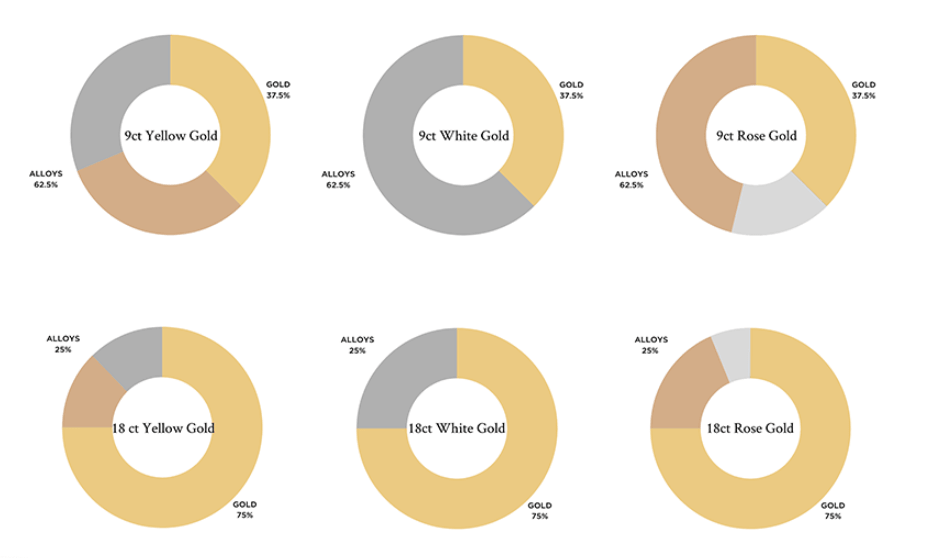
Gold Carat: What is Gold Carat
Gold carat is distinct from diamond carat because it doesn’t refer to the mass of gold but rather the purity of gold.
Pure gold (24 carat) is too soft to be practical for jewellery. Gold has properties that make it highly desirable for jewellery-making but it is blended with other metals (called alloys) to enhance its durability, strength, and colour while maintaining these properties.
Pure gold is 24 parts out of 24 gold, well to be more precise, it’s 999 parts gold out of 1000. Wait a minute… 999 equals 24 carat gold, why not 1000? It is realistically unachievable to reach 100% purity of any metal. 99.9% is pretty close, hence the highest purity granted of gold at 24kt.
Gold purity is fractional, so other carats are established based on their relationship to 24 (being pure gold). Gold jewellery is stamped with its purity and this stamp can either describe its carat or the amount of gold out of 1000.
Eighteen Carat Gold
Also written as 18ct or 18kt is 18 parts pure gold out of 24, or 18/24. In other words, 18ct gold is 75% pure gold and can be stamped as 18ct/18kt or 750 (750 parts pure gold out of 1000). 750 equals 18 carat gold.
Nine Carat Gold
Also written as 9ct or 9kt, is 9 parts pure gold out of 24, or 9/24. Half of 18 is 9, therefore 9ct gold contains half the gold of 18ct. Half of 75% is 37.5% so 9ct gold can be stamped as either 9ct/9kt or 375. 375 equals 9 carat gold.
Mixing gold with alloys also affects its colour. Your jeweller can create gold with a pinkish tone known as rose gold with the right alloys, or a silvery colour known as white gold. Even when changing the colour of the gold by mixing it with these alloys, the carat stipulates how much of the mix must be pure gold. Even 18ct white gold has 75% pure gold.
Diamond Carat: What is Diamond Carat
In relation to gemstones, carat is the unit of measurement used to determine the mass of the stone.
Although carat is used for the weight of all gemstones, diamonds are the most relevant gemstone that carat relates to. Carat is arguably the most significant characteristic when it comes to determining the diamond’s value.
A common way to express carat is “ct”. One carat can also be written as 1ct.
An easy way to explain diamond carat is to liken it to the system we use for dollars and cents, except we say points and carats instead. 100 cents equal one dollar, just like 100 points of diamond equals one carat. Half a carat is a fifty-point diamond and can also be written as 0.50ct. One tenth of a diamond is ten points, or 0.10ct. A diamond greater than one carat can be expressed in a similar way; a diamond weighing one carat and twenty-five points can be written as 1.25ct. Compare this to how we say ten cents or $0.10 for a tenth of a dollar. Easy, right?
If there are multiple small diamonds in a piece, these will often be represented with a total weight (“TDW” or “TCW”). These stand for Total Diamond Weight or Total Carat Weight and this indicates the total weight of all of the diamonds added up.
How Many Carats in a Gram?
Like how we use kilograms to weigh people and grams to weigh self-serve frozen yoghurt, carat measures mass. It is not used at all outside of the jewellery trade but is a perfect system for dealing with the smaller scale of something as lightweight as a gemstone.
One carat is equal to 0.2 grams, so a 1-gram diamond would be a whopping 5 carats!
We think that 0.45ct sounds much better than 90 milligrams – don’t you agree?
As a quick note, carat weight is always based on the metric system and is not an instance of having imperial or metric systems.
How Big is a 1 Carat Diamond?
A common misconception of diamonds is that the carat weight correlates with the size of the diamond. This is true in some ways but only to a small extent.
Round brilliant cut diamonds are cut to stricter parameters than any other diamond shape. A round diamond cut to correct proportions should measure approximately 6.5mm in diameter. A poorly cut diamond may be much deeper than it should be, in these cases, the diameter of a 1 carat diamond can be as small as 5.8mm.
With fancy cut diamonds such as Ovals, Pears, Marquise Emerald cuts and alike, there is even more variation. It’s like trying to guess how many litres it will take to fill a swimming pool when you only know the length and width.
How Do Carats Work?
You now know all about carats and how to distinguish the different carat types! When you know what the difference is and what each one means, you can read jewellery descriptions like a pro.
Gold carat will refer to the ring itself, and diamond carat will refer to the diamond.
When you read something like this:
“18ct rose gold engagement ring with 0.75ct diamond”
You know that you’re reading a description for a ring made of 18ct gold purity, and the diamond weighs 0.75 carats.
“9ct yellow gold pendant set with 10 = 0.10ct TDW diamonds”
You also know that this means you’re looking at a pendant with 9ct gold purity that contains ten diamonds with a total combined weight of ten points.
That’s all there is to it!
Is the Higher the Carat the Better?
A lot of jewellery comes down to personal preference, but practicality plays a part too.
When it comes to gold, we recommend 18ct gold for engagement and wedding rings. Its higher gold content provides some of those properties that we prize in gold. 9ct gold is cheaper with half the gold content but its tendency to show scratches easily and brittleness over time relegates it to dress rings, earrings, and pendants.
Diamond carat is an entirely personal preference! The most important aspects to consider with diamond weight are taste and budget. And don’t forget – the carat reflects the weight, but not necessarily the spread of the diamond, so always check out diamonds in person to make sure they look just as impressive as you’d expect!
